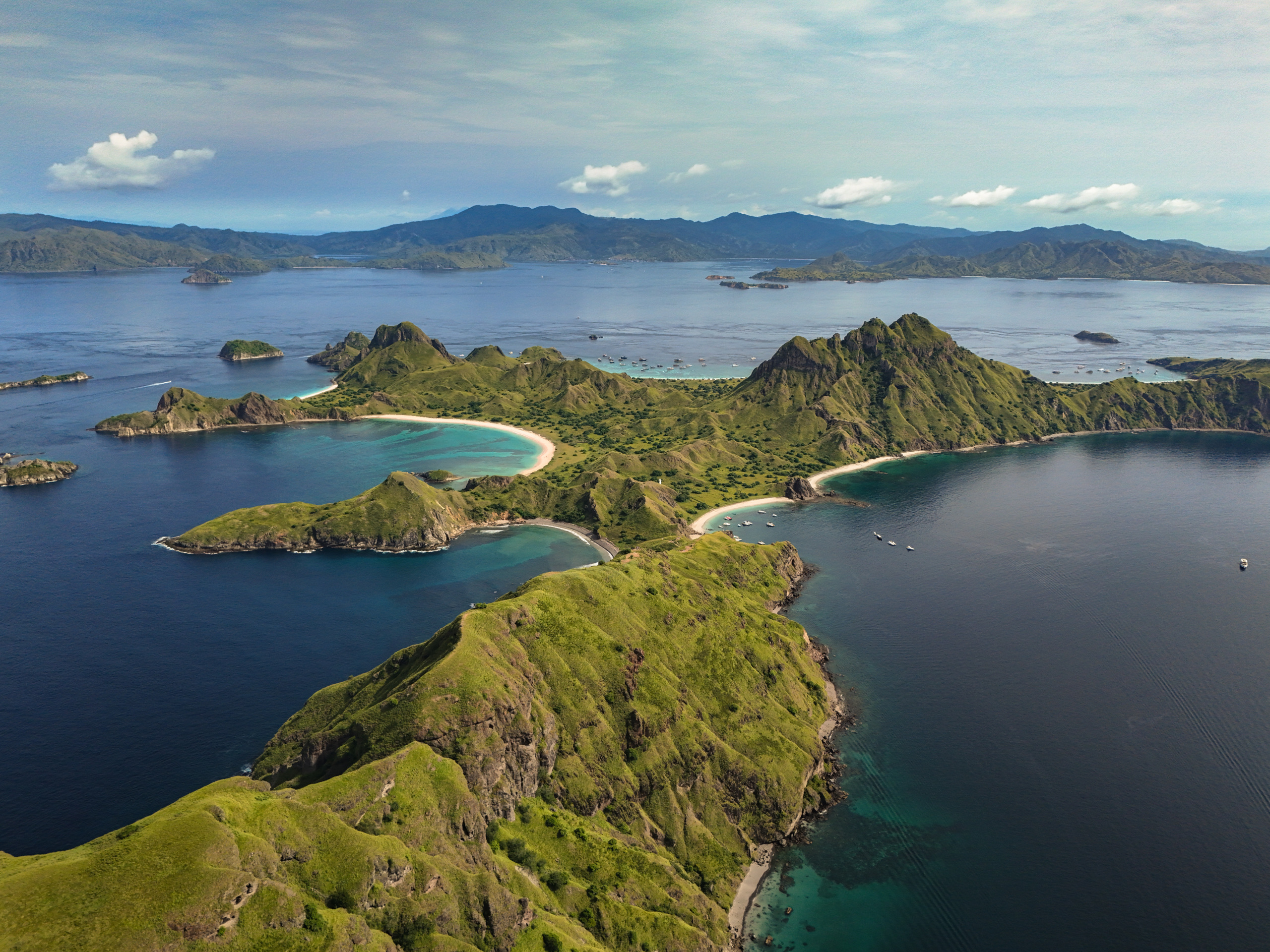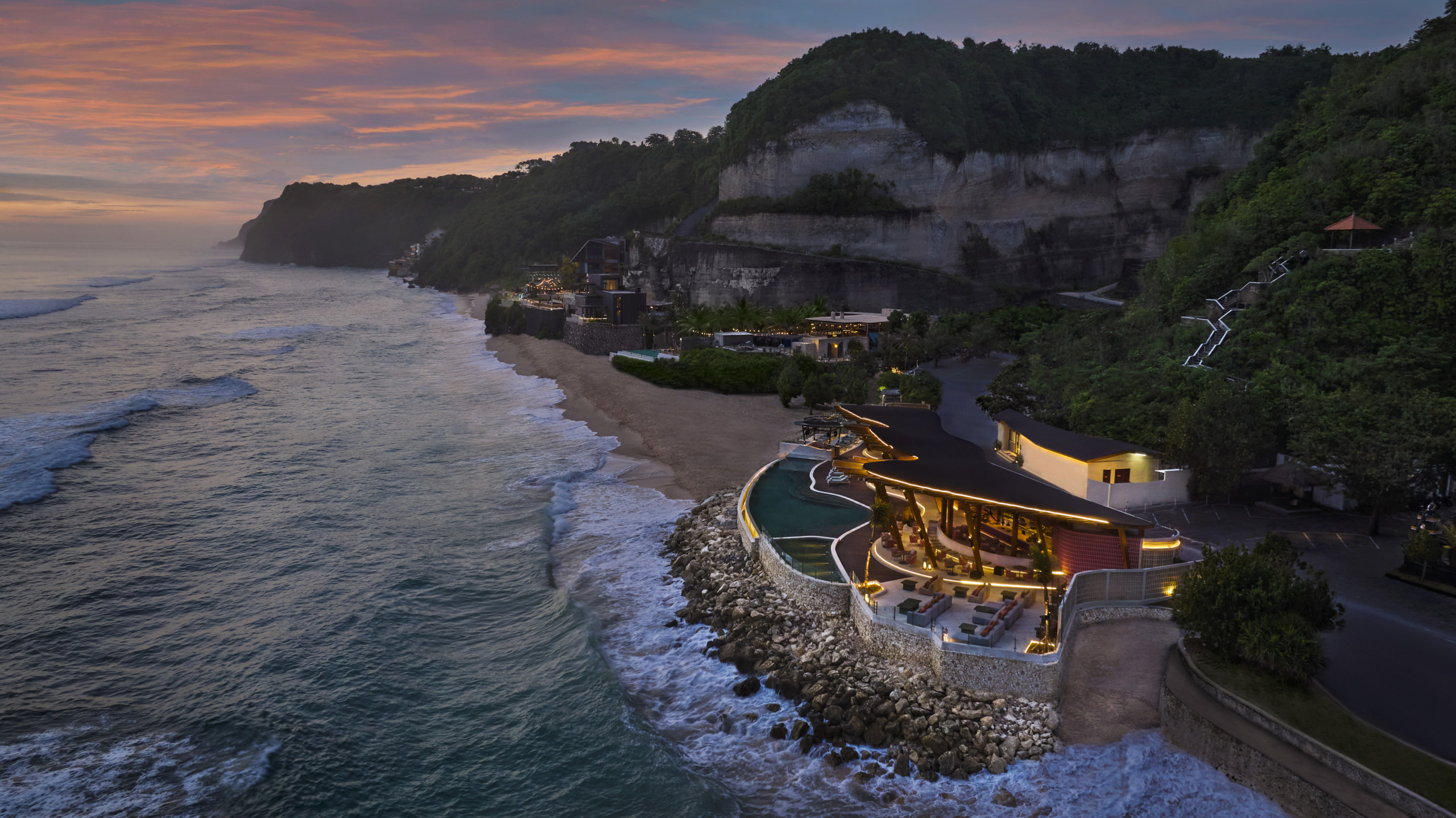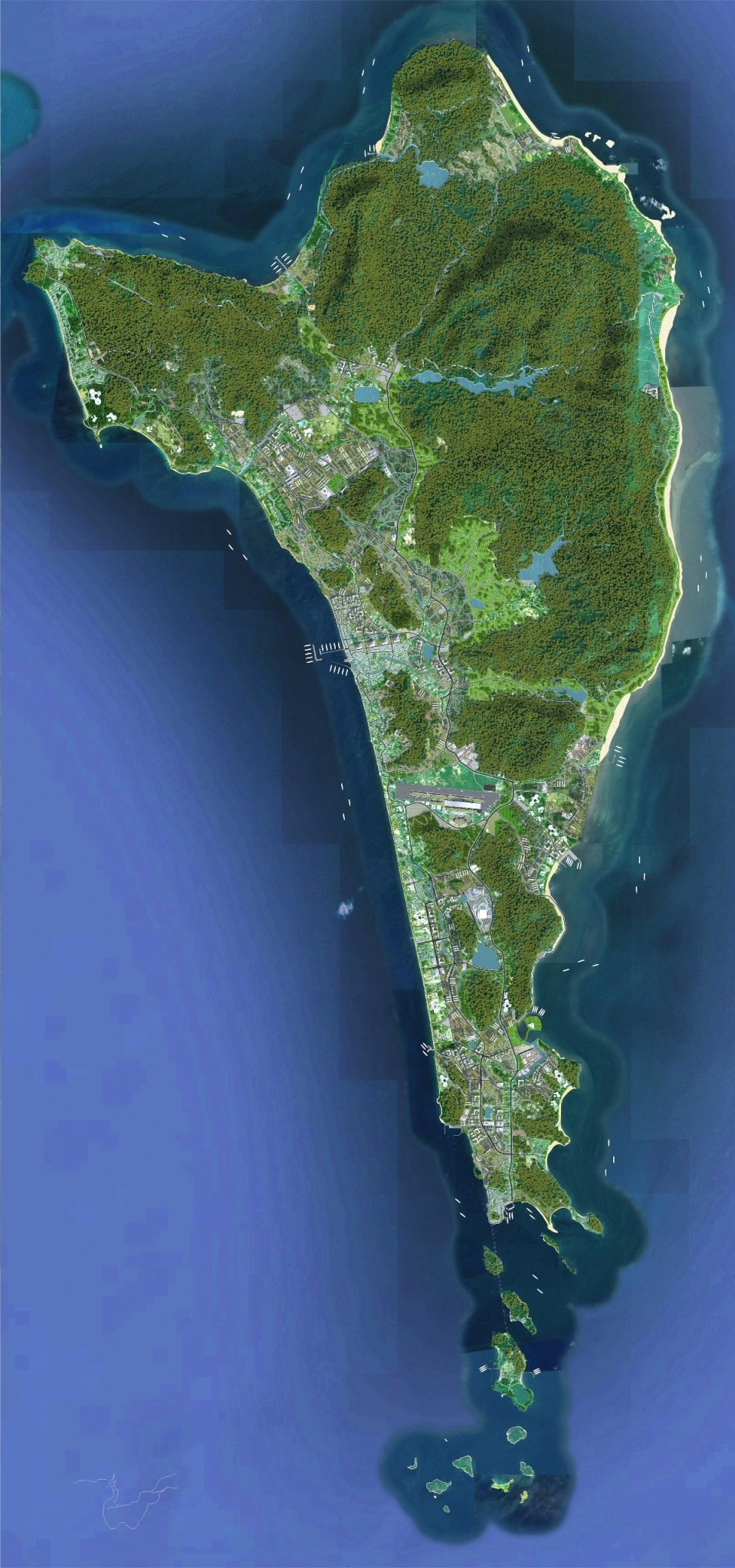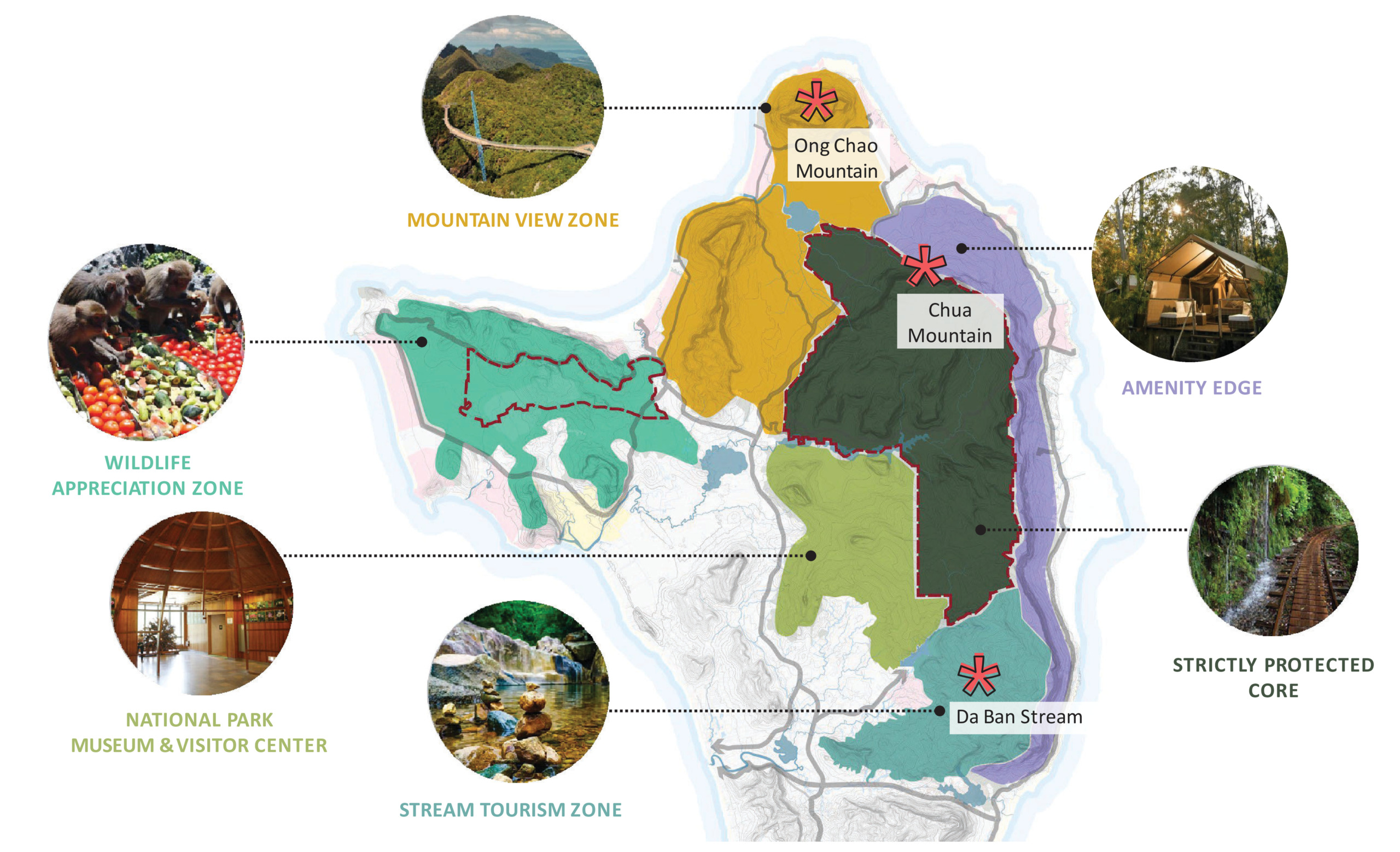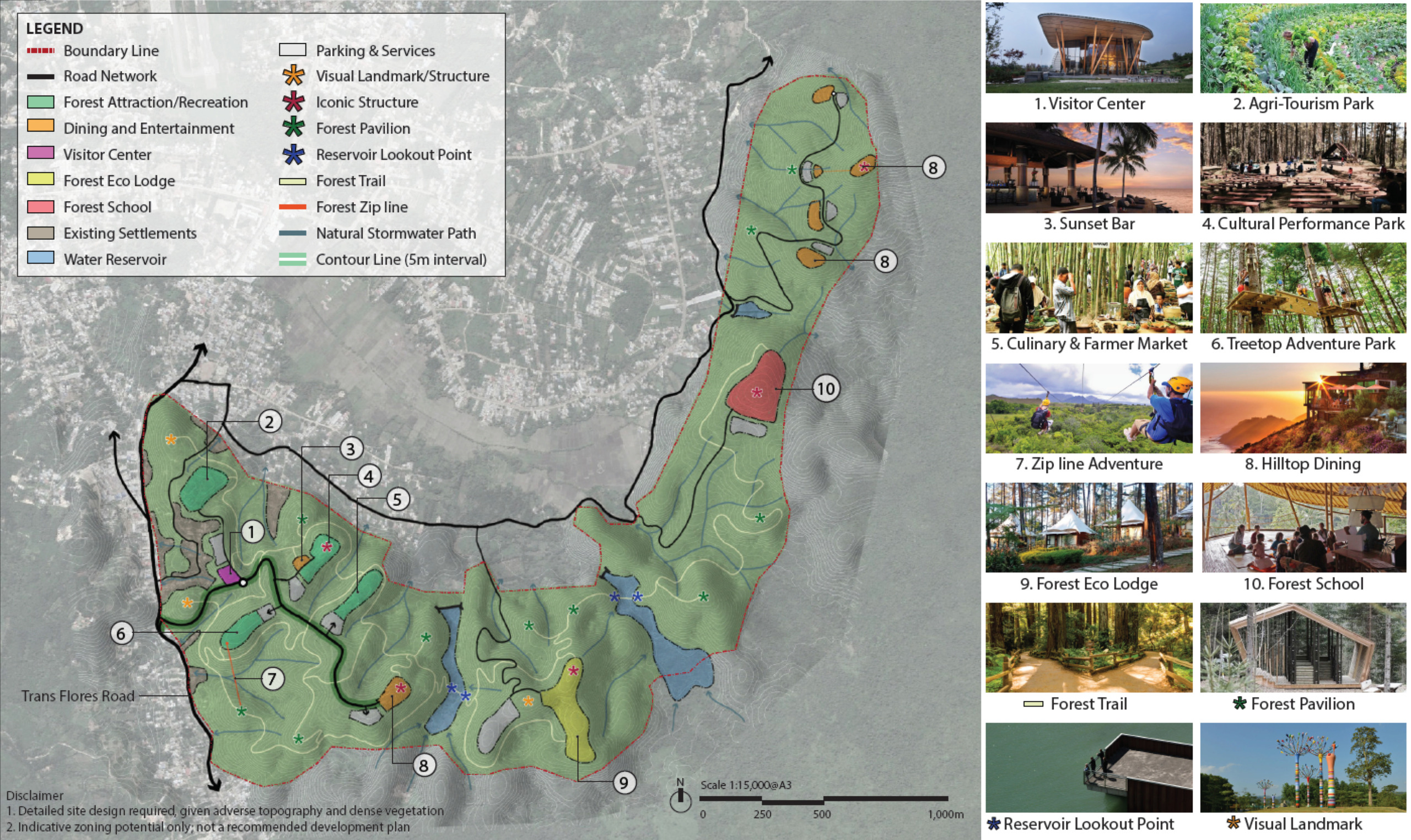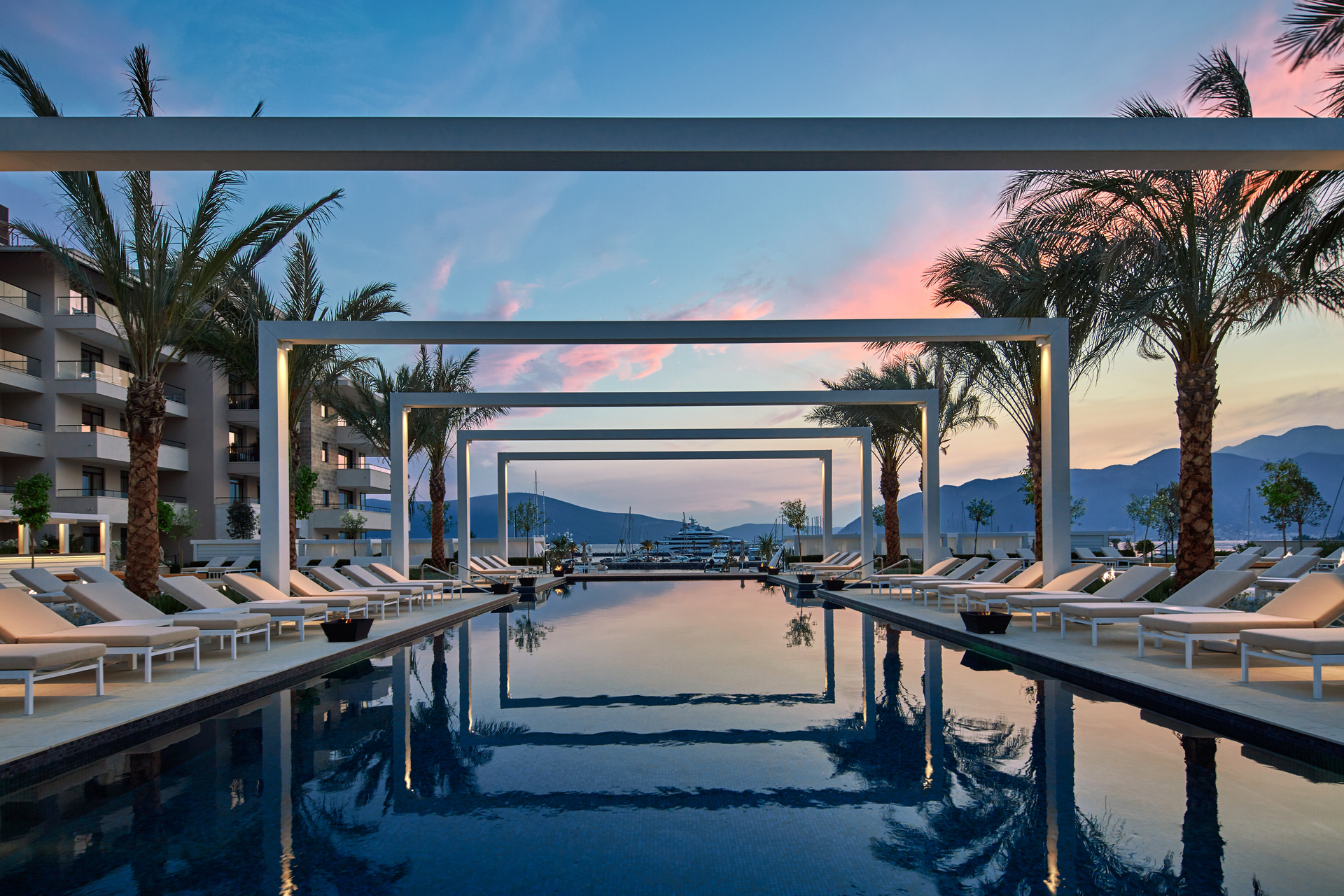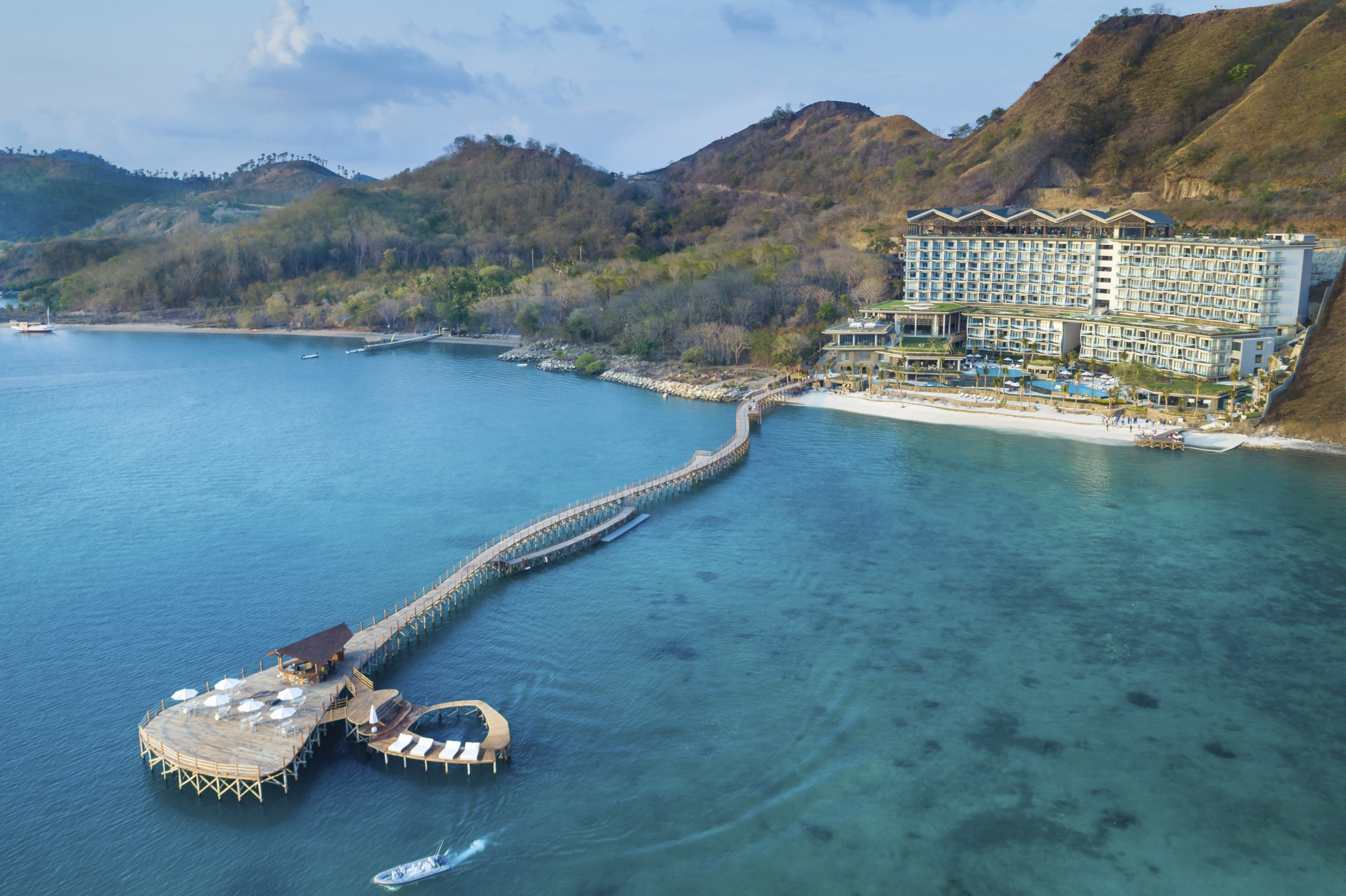Tourism Opportunities: Infrastructure Investments & Urban Development Choices
By WATG
May 21, 2025
Chris Panfil was invited to speak at ARCH:ID, The 5th Indonesia Architecture Exhibition & Conference – one of the nation’s most influential trade forums. Under the overarching theme of “Performative Archipelagos”, his keynote was titled “Tourism Opportunities: Infrastructure Investments & Urban Development Choices”, it focused on WATG’s master planning case studies Phu Quoc Island, Flores Island, and Porto Montenegro, drawing conclusions that could potentially be applied in Indonesia’s unique archipelagic and rich cultural context.
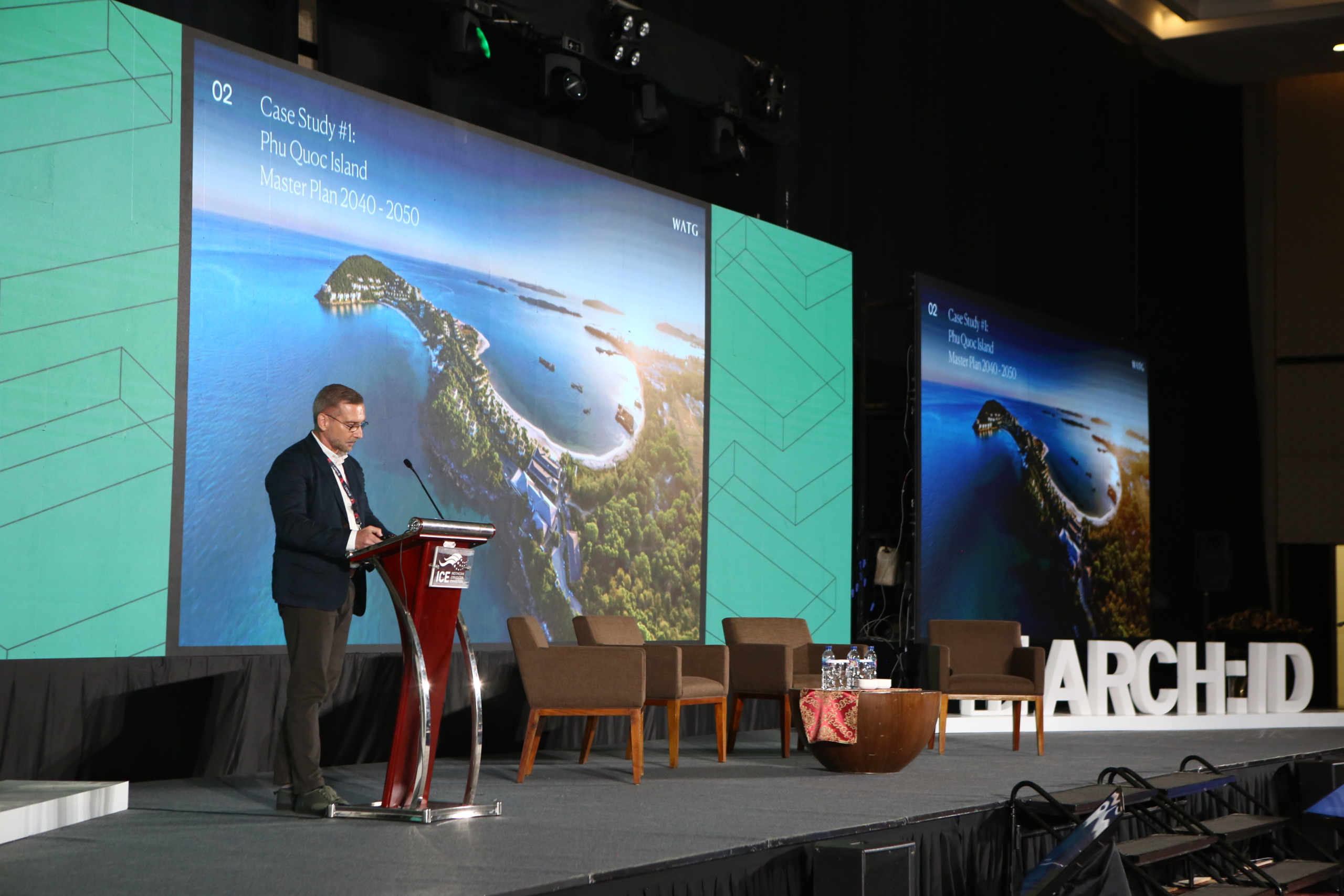
Tourism as a Catalyst for Economic and Social Impact
Tourism is far more than a leisure activity; it is a powerful economic engine. Around the world, countries leverage tourism to stimulate both foreign and domestic investment, generate employment, and catalyze urban and infrastructure development. Nowhere is this more relevant than in Indonesia, where tourism continues to play an important role in driving economic growth and shaping the development of settlements of all sizes.
Tourism creates jobs across a wide spectrum of skill sets and industries — from hospitality and retail to construction and technology. Importantly, it contributes to both direct employment (e.g. hotel staff, tour operators) and indirect employment (e.g. suppliers, logistics, transport). In Indonesia alone, the sector supports 17 million jobs, accounting for 12% of the total workforce. With more than 740 million domestic trips and 14 million international arrivals recorded in recent years, the scale of tourism’s contribution is significant — and growing.
Indonesia’s economy is projected to grow by up to 5% in 2025. Tourism’s contribution to GDP is expected to range from 4-6%; thus the sector represents a critical opportunity for sustained national development. But to unlock its full potential, a strategic approach to infrastructure investment and urban development is essential.
Rethinking Infrastructure for Tourism and Resilience
Infrastructure is often thought of in terms of roads, ports, utilities, and airports — and while these are crucial, the definition must be expanded for tourism to thrive. A sustainable tourism ecosystem depends equally on medical facilities, education, and workforce training. These investments not only serve visitors but also improve quality of life for residents, ensuring that tourism uplifts communities rather than overwhelms them.
Moreover, infrastructure design must increasingly account for resilience against climate change. Tourism developments — particularly in coastal or ecologically sensitive areas — face rising risks – and responsibilities to tackle the challenges. Climate-resilient infrastructure protects not only physical assets but also long-term investor confidence.
Urban Development Choices: Building Places People Want to Visit — and Live In
Urban design and tourism are inextricably linked. Cities, towns, and villages with distinct character, walkability, cultural richness, and beauty attract both tourists and residents. From the iconic heritage towns to emerging coastal destinations, the appeal of place shapes the success of tourism and real estate development alike.
Authentic environments — places where daily life continues alongside visitor experiences — are increasingly sought after. Rather than creating isolated tourist enclaves, development strategies that integrate tourism into vibrant local communities offer greater resilience and lasting value.
In particular, waterfront districts offer compelling opportunities. These areas can serve as “demonstration projects” — joint public-private initiatives which showcase what is possible when tourism, placemaking, and urban infrastructure come together. What often stars as a tourism destination project can become a model for holistic urban regeneration.
Case Study #1 – Phu Quoc Master Plan 2040/2050
Awarded the 2025 top prize by the Vietnam Architecture Association for this spatial and tourism development plan, Phu Quoc Master Plan is a 20-year regional development plan for Vietnam’s premier island destination, through a comprehensive master plan guiding development. The study addressed the island’s tourism growth, infrastructure requirements, population, environmental sustainability challenges, and urban development opportunities.
Key Observations & Insights:
Ambitious Tourism Growth vs. Infrastructure Limitations
By 2024, Phu Quoc welcomed over 1 million international arrivals, with Vietnam seeing 17.6 million international arrivals in total. For Phu Quoc Island, the government targets 13.9 million annual arrivals by 2040, rivaling destinations like Bali and Phuket. However, airport capacity was under 5 million in 2019—far below what’s needed.
Insight: Ambitious growth must be matched with infrastructure investments—especially in airport expansion—to be feasible.
Accommodation Over-Supply and Under-Occupancy
As of 2019, if all approved hotel and real estate projects are completed, no new developments are required to meet 2040 targets. Yet average occupancy stood at just 55%, below the viable threshold of 65%.
Insight: Focus should shift from building more rooms to increasing occupancy through tourism diversification, branding, and experience design.
Labor Force & Resident Population Imbalance
To support the 2040 tourism target, an estimated total tourism workforce of 315,000 employees will be required —yet the 2019 population was under 180,000. The government target of a permanent island population of 430,000 residents implies that over 70% would need to work in tourism – a significant labor market challenge.
Insight: Tourism-driven growth must be supported by attracting a sufficiently sized permanent population willing to work in the sector. This requires substantial investments in housing and social infrastructure.
The Missing “Island Brand”
Phu Quoc’s tourism remains heavily beach-centric, under-leveraging its National Park, its towns, and its relatively limited cultural assets. These constraints impact visitors’ average length of stay, and limit the island’s appeal to more diverse traveler demographics. Compared to Bali and Phuket for example, Phu Quoc brand identity is fragmented.
Insight: Destination branding is crucial—not only visitor arrival target numbers. A strong brand built on culture, nature, and community will enhance visitor appeal and economic resilience. Developing nature-based-tourism and agri-tourism linked to the island’s pepper and fish sauce heritage are two obvious opportunities.
Urban and Environmental Planning as Dual Imperatives
Environmental threats like water pollution, flooding, solid waste, and coastal erosion require urgent solutions. Examples include developing isolated beach resorts as mixed use beachfronts, which incorporate green space and flood storage buffers, to help protect coastlines. Waterfront developments and clean river programs in existing towns would not only improve the physical environment, but also offer investment opportunities to benefit visitors and residents alike.
Insight: Climate resilience and sustainable land use are essential for long-term viability.
Town Differentiation and Density Redistribution
The master plan proposes urban development tailored to the different character of the island’s towns and villages and the proposed planning densities for Phu Quoc’s towns reflect this approach, for example, the lower density tourism port for An Thoi, a higher density, mixed-use urban beachfront for Bai Truong (Long Beach), a medium-density wellness and lifestyle-focused town for Cua Can, and the higher density administrative and civic hub for Duong Dong.
Insight: Differentiated urban development strategies promote local identity, balance growth, and avoid over-development.
Infrastructure and Policy Recommendations
Prioritized investments in basic services and housing for a growing population, new urban centers to absorb population density, public-private models for nature-based tourism in the National Park, and a Tourism School to build the educational infrastructure are critical for hospitality success.
Insight: Policy must support both hard and soft infrastructure to attract and retain a skilled workforce and enhance livability.
WATG’s work on the Phu Quoc Master Plan demonstrates that tourism success is not just about arrival numbers—it’s about aligning infrastructure capacity, environmental stewardship, local communities, and a strong brand identity. Sustainable tourism on the island must be shaped by thoughtful urbanism, strategic investment, and a deep commitment to quality of life for both visitors and residents.
Case Study #2 – Flores Island Tourism Vision Plan
Flores Island Vision Plan was a preparatory study to inform a planned Integrated Tourism Master Plan. Conducted in 2019, the study addressed several interrelated objectives critical to the sustainable development of the island’s tourism sector.
Key Observations & Insights:
Risks of Over-Tourism in Komodo National Park and Labuan Bajo
The west coast of Flores, including Komodo National Park and Labuan Bajo, has received the vast majority of the island’s tourism traffic. While these areas offer spectacular natural assets, the high concentration of visitors has placed strain on ecological systems and public infrastructure.
Insight: Protecting flagship destinations like Komodo Island National Park is vital as successful tourism destinations in the long term depend on the careful stewardship of their assets. It requires proactive dispersal strategies and capacity limits that delicately balance environmental protection on the one hand and development opportunities on the other.
Limited Carrying Capacity and Infrastructure
The government visitor target for Flores Island was set at 1 million annual visitors—half domestic, half international—against a resident population of 2 million. In 2019, the island lacked over 4,000 hotel lodging rooms to meet this demand.
As of 2019, Flores Island’s infrastructure systems had significant under-capacity, particularly in high-traffic areas like Labuan Bajo. Energy, drinking water, and wastewater systems were all below the required thresholds to support the target visitor numbers.
Insight: To achieve its tourism goals, Flores must attract diverse hospitality investments, especially beyond the coast, to close the accommodation gap and to distribute economic benefits more widely. Tourism development cannot succeed without parallel investment in foundational infrastructure to meet the environmental and operational needs of both residents and visitors. Without urgent upgrades to essential utilities, sustainable tourism development will remain out of reach, regardless of visitor interest or investment appetite. Creative infrastructure investment opportunities, such as public-private partnerships, should be explored and incentivized.
Tourism Opportunities are not Evenly Spread Across Flores Island
Most visitors only explore the west coast, despite the island’s cultural richness and natural beauty. Inland attractions—including volcanoes, cave systems, historic villages, and iconic agricultural landscapes—remain largely untapped. Access and connectivity are challenges on the island where the Trans Flores Road spans 350km east to west.
Insight: Firstly, promote creative infrastructure initiatives, starting with “Interconnected Airports” to offer an “island-hopping” air service to existing airfields on Flores and provide, infrastructure investments in defined tourism growth corridors connecting the airfields to existing area attractions. Private sector investment opportunities should be incentivized within each tourism growth corridor. Second, establish inland protected nature zones to further diversity the tourism offering beyond the beach and marine life attractions of the islands west coast to nature-based tourism and agri-tourism. These strategies will help diversify the geographic spread of tourism beyond existing hotspots to relieve pressure on over-visited areas and create more inclusive, island-wide economic opportunities. This could result in travelers extending the length of stay through experiential and spatial diversity that increases economic impact per tourist while helping to avoid the pitfalls of mass tourism.
Conclusion
The Flores Tourism Vision Plan presents a model for leveraging tourism as a tool for inclusive, resilient, and sustainable development. If implemented thoughtfully, this vision has the potential to redefine Flores as a premium, multi-dimensional destination—ensuring long-term benefits for both visitors and residents.
Case Study #3 - Porto Montenegro Marina
Porto Montenegro Marina is a redevelopment project of a former navy yard into a luxury marina and urban waterfront district; a new yachting destination that now competes successfully with the more mature yachting ecosystems in the region. It is a demonstration project for how tourism developments can be a tool for quality-of-life improvements for residents and locals– not only for second homeowners and visitors.
Policy contributors to Porto Montenegro’s success, beyond physical master planning, are:
- Tax Incentives
- Foreshore lease agreements
Key Observations & Insights:
Public vs Private Realm
A defining principle of Porto Montenegro’s master plan is the deliberate integration of public and private realms. Despite being a luxury development, the project was designed to avoid exclusivity at the expense of community access. All streets and waterfront promenades are fully open to the public, ensuring that locals and visitors alike can enjoy the site’s natural beauty and civic amenities. This approach consciously avoids the creation of gated communities or restricted zones at ground level—fostering a more inclusive, permeable, and socially vibrant environment.
Insight: Prioritizing public access within high-end developments can strengthen community connection, promotes equitable use of shared spaces, and supports a more open and sustainable urban fabric.
Historically Rich Site that Requires a Fresh Identity
Porto Montenegro occupies a site steeped in maritime and military history—a legacy that could have easily been overshadowed by modern development. Instead, the original master plan recognized this heritage as a powerful asset, embedding it within the project’s identity to create a destination that feels both authentic and forward-looking. Key architectural elements from the site’s naval past have been preserved and repurposed, offering visual and cultural continuity. The industrial crane from the submarine era, for example, remains a prominent symbol, while the last remaining 19th-century Navy Yard building has been restored and transformed into a museum. The conservation of two submarines further reinforces the site’s unique narrative, anchoring Porto Montenegro’s future in the richness of its past.
Insight: Honoring a site’s history can create a meaningful, differentiated identity that resonates with both locals and visitors—enhancing placemaking while preserving cultural memory.
Functionality and Cohesivity of Existing Planning Require Enhancement
While the initial master plan for Porto Montenegro established a strong foundation, the second phase of development revealed opportunities to improve both the functionality and cohesiveness of the site. The original podium typology provided private outdoor spaces with private pools for residents. A shift towards branded residential investments required a more extensive and luxurious pool club environment for owners and hotel guests, now realized by the Regent Pool Club, which has become an iconic feature of Porto Montenegro. A second proposed evolution concerns the retail and F&B environments at Porto Montenegro. In the original master plan, these zones were limited to a linear configuration, resulting in a lack of climatic comfort, spatial diversity, and activation potential. Thirdly, public realm connections to the neighboring town of Tivat were historically non-existent, and many areas lacked dedicated spaces for families and long-term residents. Together, these factors called for a more adaptive and place-responsive planning approach.
Insights: Strategies that creatively respond to hotel brand requirements, add to investment value, provide differentiation from the competition, and offer operator flexibility are critical to ensure success. In addition, urban design and building typology solutions which bridge public sector objectives and private investor requirements were instrumental. These include pedestrian-friendly “shared surface” streets connected to a public pedestrian waterfront beyond the Porto Montenegro property, combined with a comprehensive public and private parking strategy. An on-site English private school has attracted interest from more families to settle in Porto Montenegro. To capitalize on the opportunity, the master plan includes more family-friendly residential options with shared parks, pools, and child-friendly amenities in the center of each block. This urban block typology also brings added value to inland apartments with limited bay views.
Conclusion
Porto Montenegro offers a compelling blueprint for the redevelopment of industrial waterfronts into vibrant, mixed-use communities. From the outset, key enablers—such as a fuel tax agreement and long-term foreshore lease—provided the investment certainty required to transform the former naval base into a thriving destination.
As a case study, it demonstrates the powerful outcomes that can be achieved when tourism opportunities, infrastructure investments, and urban development are aligned. The result is a new economic contributor to Montenegro’s tourism industry which provides a high-quality public realm that enhances everyday life for locals and visitors alike, while delivering long-term real estate value through thoughtful and adaptive planning.
Unlocking Indonesia’s Tourism Potential
Indonesia’s tourism sector holds immense promise; unlocking that potential requires purposeful, long-term planning. As global tourism evolves within an increasingly competitive landscape, the regions that thrive will be those that align infrastructure investments and urban development choices with clear tourism goals. Success lies not only in visitor numbers, but in creating vibrancy, resilience, and livability.
This calls for more than traditional infrastructure planning and delivery—long-term success requires alignment between government policy and public as well as private investment opportunities, between infrastructure investment priorities and tourism development objectives. It also requires urban and rural planning initiatives and solutions that promote authentic placemaking and strategies that position tourism as a catalyst for positive social and economic transformation. By examining the intersection of economic drivers, infrastructure priorities, and development models, opportunities to balance growth with sustainability, cultural preservation, and long-term value creation are uncovered – pathways for stakeholders— both private and public sector leaders— to shape the future of tourism in the region and advance their ambitious goals.
Latest Insights
Perspectives, trends, news.
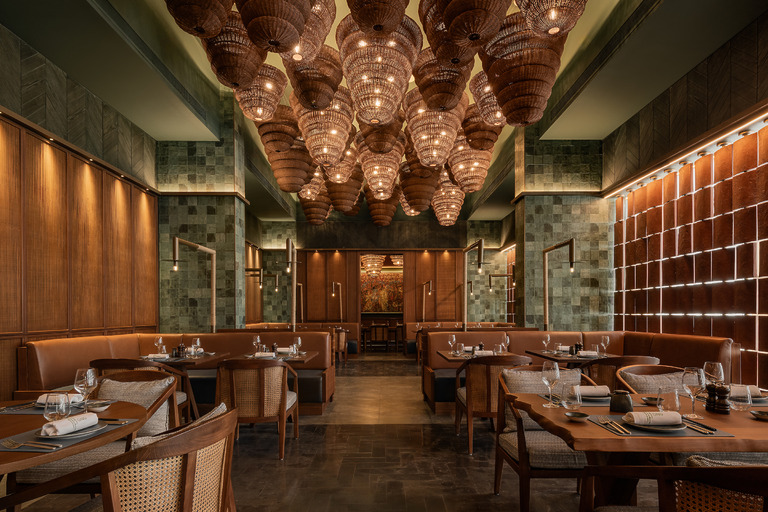
- Strategy & Research
Hospitality Trends 2026 by WATG Advisory
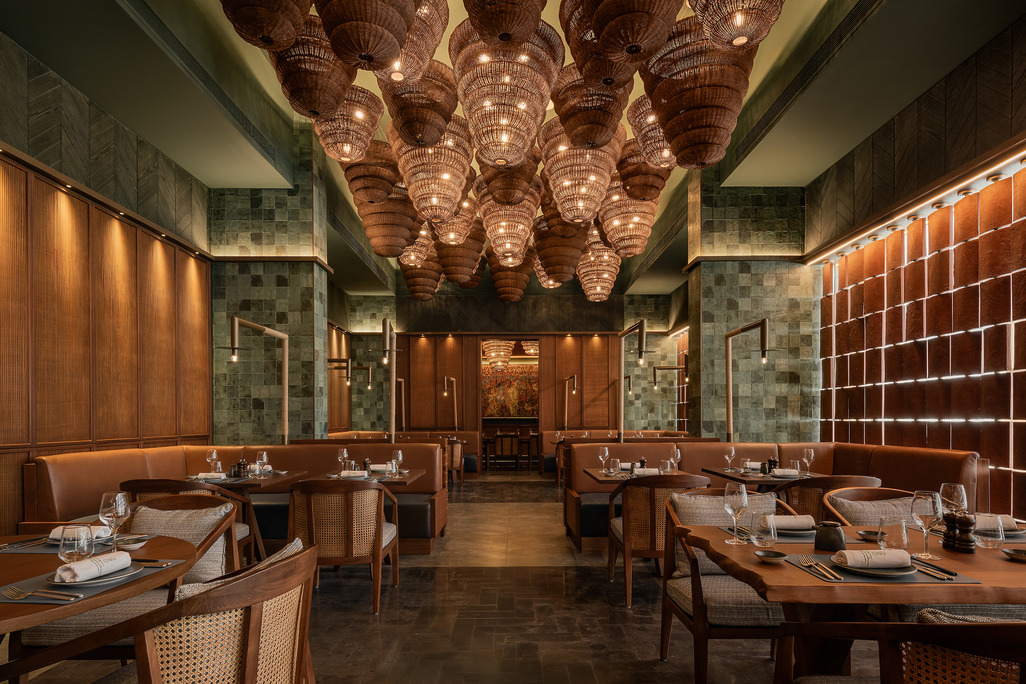
- Strategy & Research
Hospitality Trends 2026 by WATG Advisory
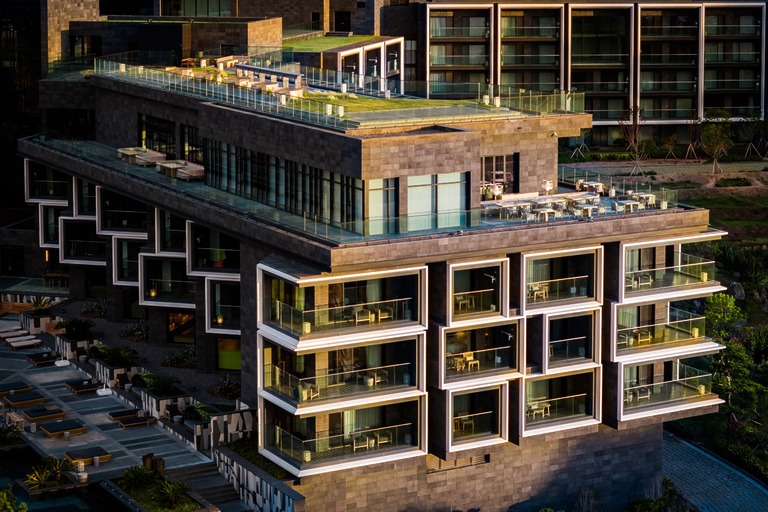
- Strategy & Research
Design to Perform: Aligning Creativity with Commercial Goals
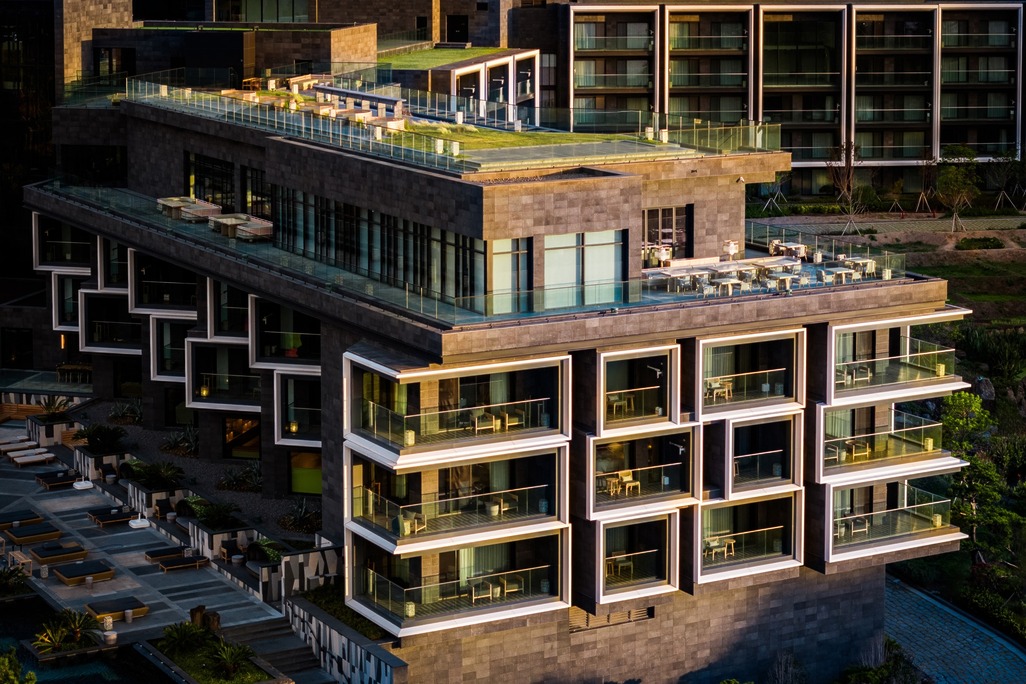
- Strategy & Research
Design to Perform: Aligning Creativity with Commercial Goals
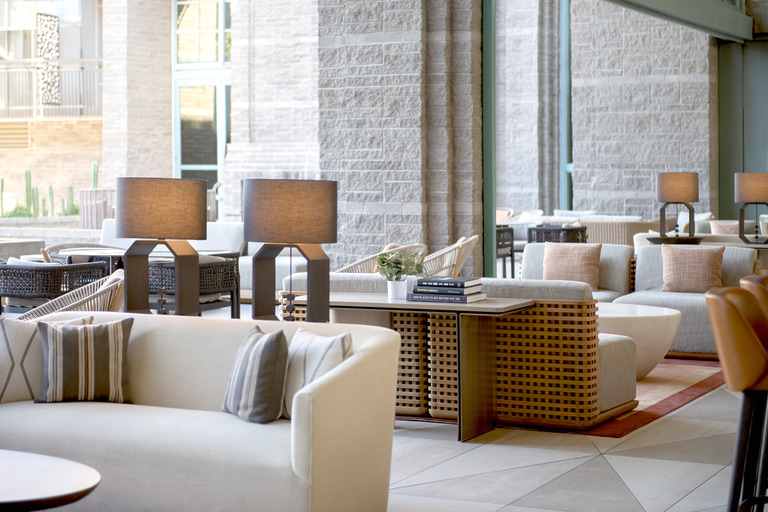
- White Paper
The Future of Group Travel: Insights from WATG Research’s 2025 Sentiment Survey
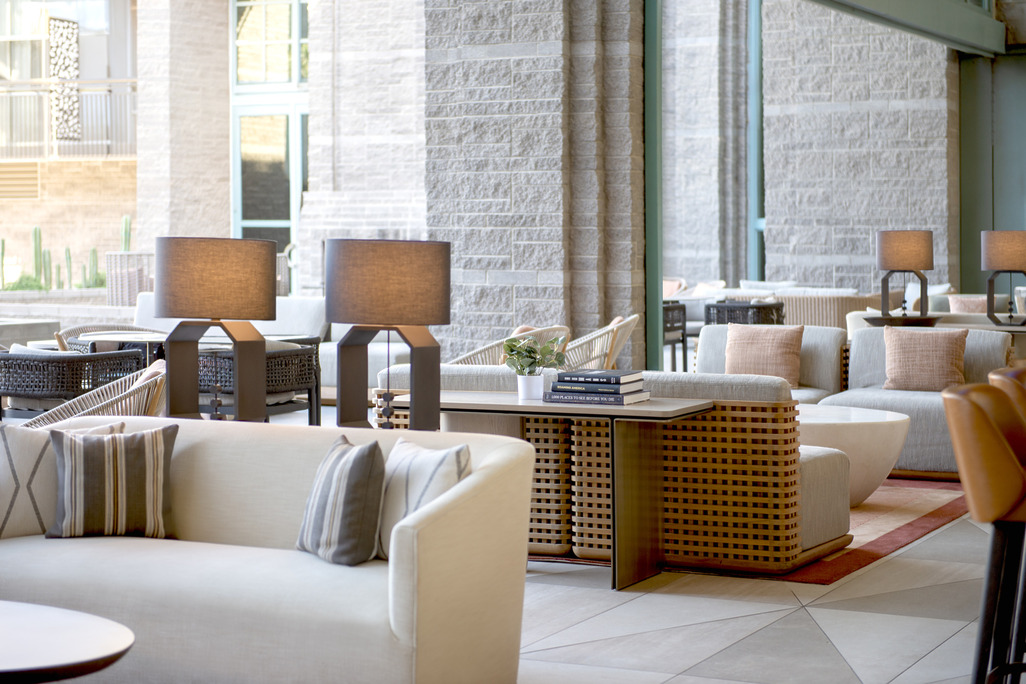
- White Paper
The Future of Group Travel: Insights from WATG Research’s 2025 Sentiment Survey
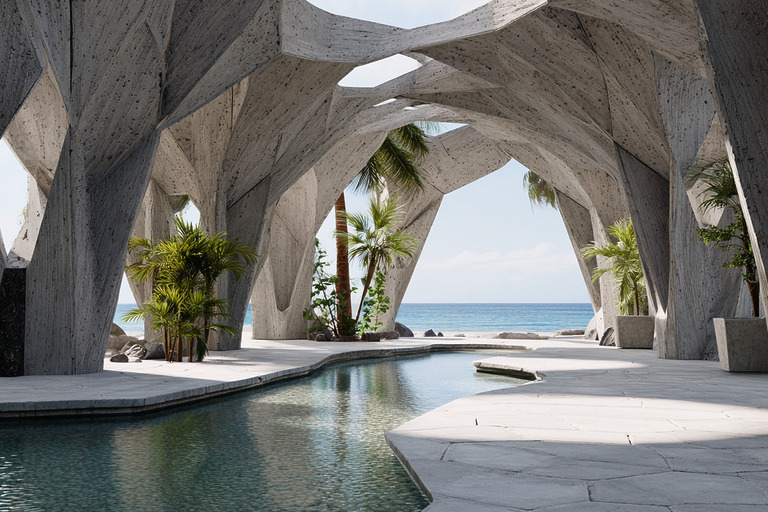
- Employee Feature
The Future of AI in Architecture
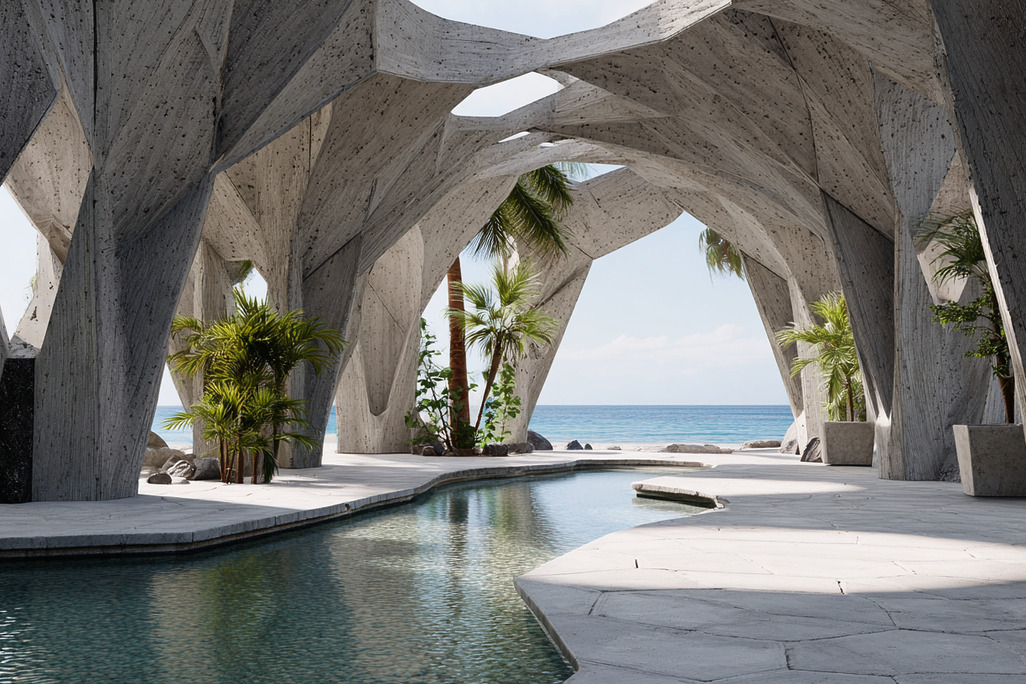
- Employee Feature
